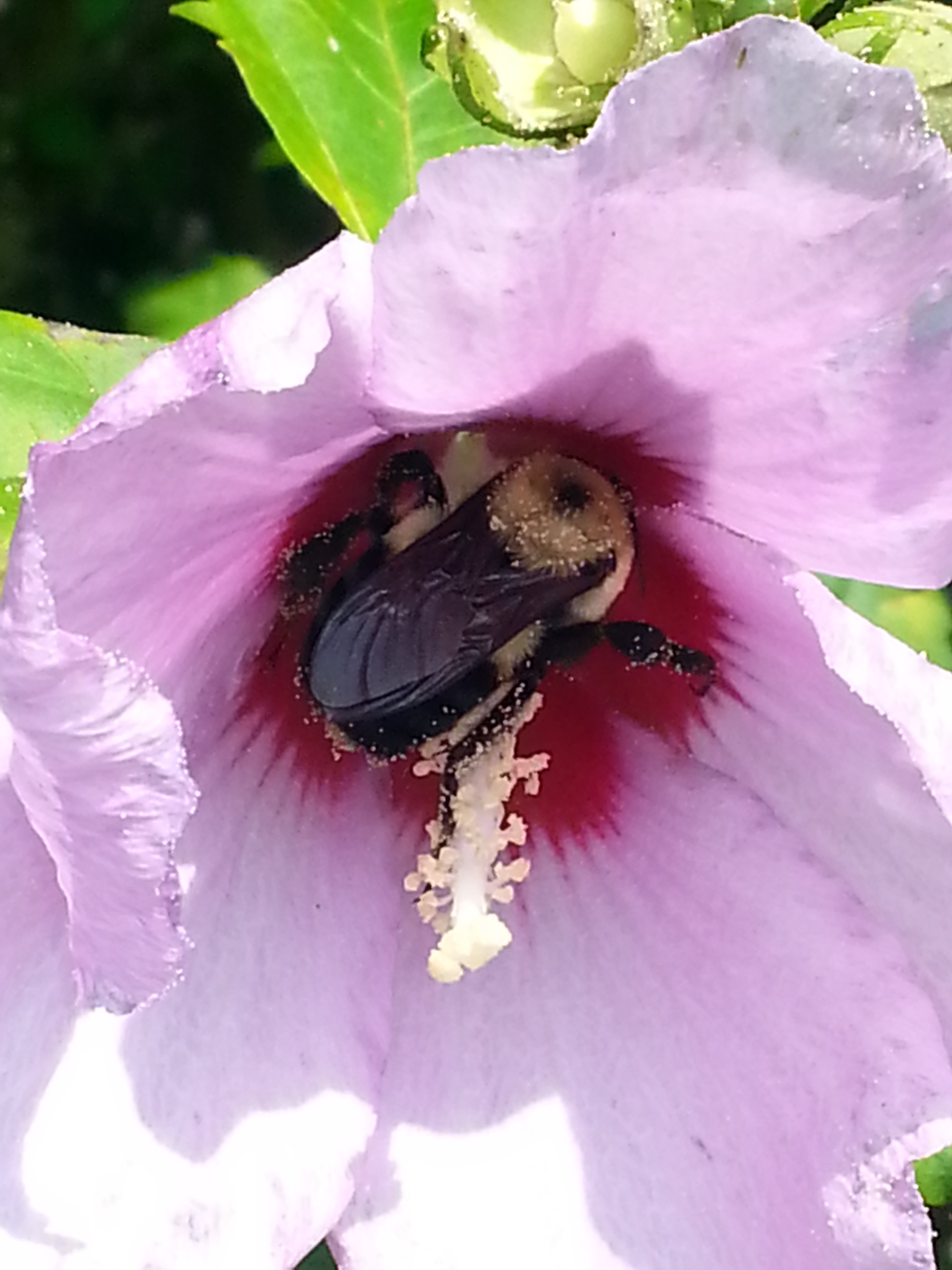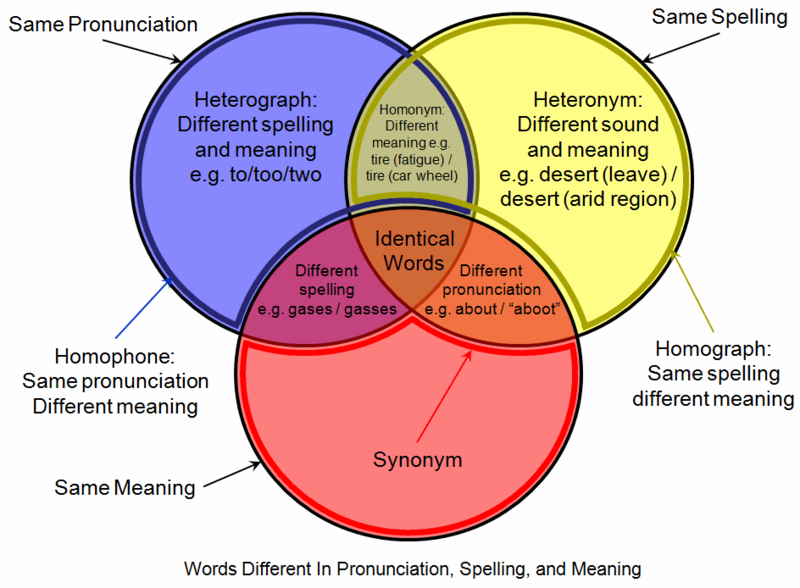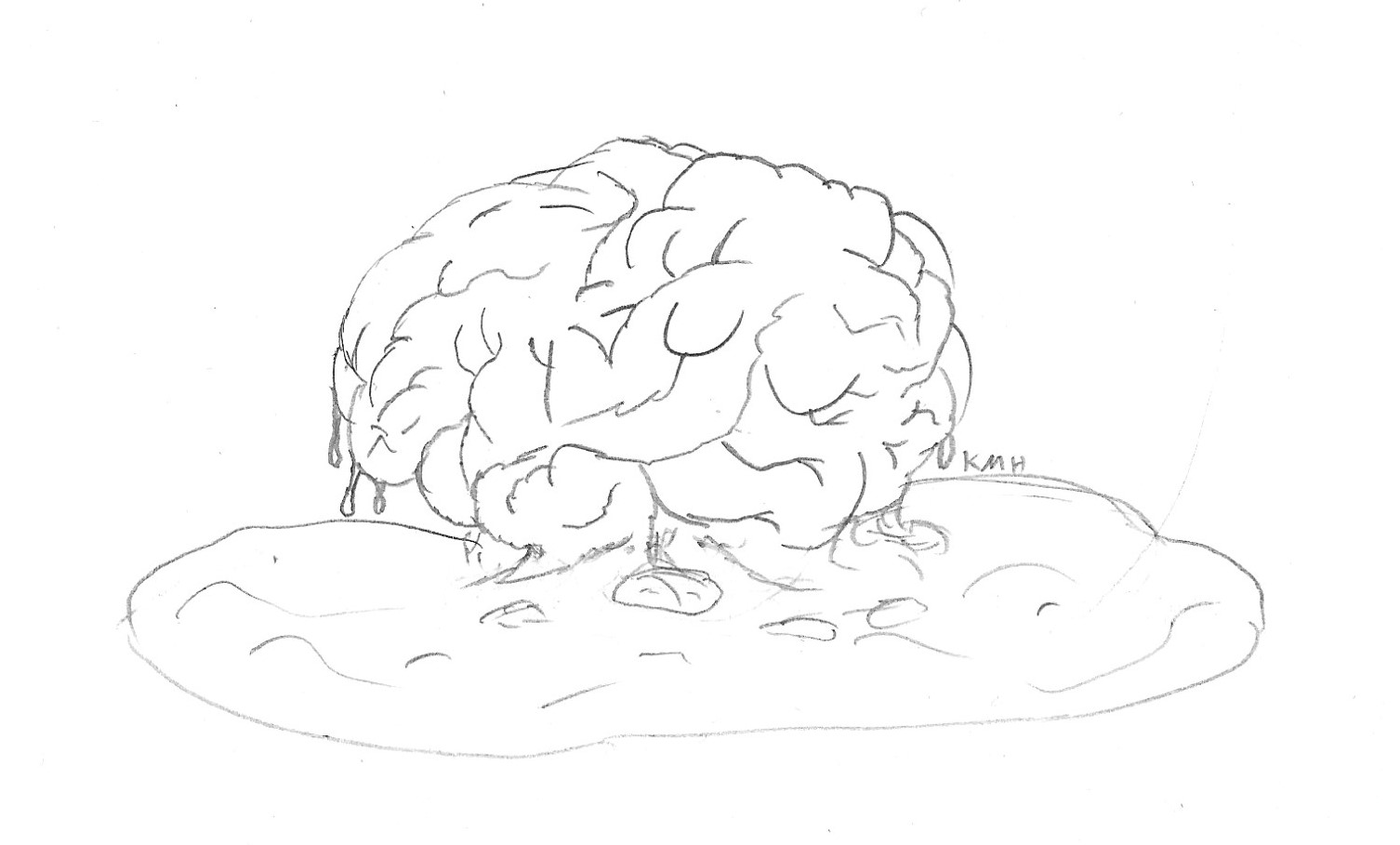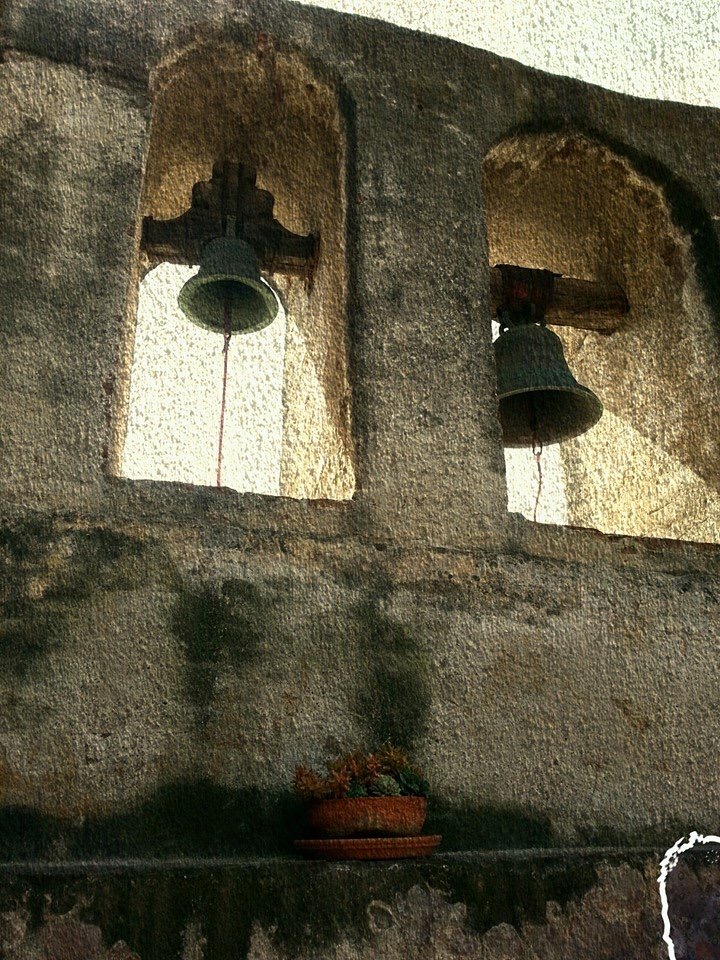Come join me at the Dark Ink book release and party! So many great poets are included in this anthology, and I managed to sneak in. Yaaaayyy!
It’s a Mood Trap!—Poetry Prompt
More telling than a mood ring, this prompt asks you to combine your current mood, an -ism, and the Star Wars meme “It’s a Trap!” Sarcasm and rage encouraged.
Btw, I copied this from the knowyourmeme site.
Here is my poem (written at a reading in a moment of supreme irritation) if you would like to know where I cam up with this prompt.
National Poetry Day—Another Stolen Prompt
Yes, I am stealing another prompt, but in my defense, I steal from great writers. Totally justifies the theft, right? I mean why would they write such great prompts (or poems or stories or tweets) if they didn’t want the adoration of millions and didn’t expect lazy people (like myself) to help themselves to that brilliance?
Good luck writing! As an added bonus, you get an honest love poem and make someone else happy.
Poetic Hexes—Poexes, the Prompt for Summoning a Poem and Karma for Exes
More stealing from people I follow on Twitter...even the prompt title.
Or perhaps you feel as if an ex or some other creature hexed you. What is your punishment? Do you deserve it? Why or why not? Read Melissa Broder’s “Late Melt” and Cecilia Woloch’s “Hex” for inspiration.
Stealing a Line and Making it Disappear—Another Ghostline Prompt
I admit it—I am a jewel thief. I take other people’s lines and statements for my poems. I love epigraphs and centos because I feel my poems are always a response. Maybe echoing others’ words help me feel less lonely in this world. Or perhaps I want to wear the brilliance of others around my throat and speak their beauty. In all statistical likelihood, all three are true. I am a bowerbird searching for blue and for the bright to build something that attracts another.
Take the line “But you know, when you throw salt into the void, it’s bound to land on something worth eating” as your first line. Go from there. If you decide to keep the line, use it as an epigraph and attribute it to Hieu Minh Nguyen. If not, you can still give credit by stating “after Hieu Minh Nguyen” if you wish. Good luck! I need to write my poem too.
Spine of Your World—Poetry Prompt
Your spine was designed to hold your body upright (but perhaps it does no longer or never did), but what holds you up—your sense of identify and/or your ability to function—within this world? What keeps you moving through your days? Is it another person, a whole network of people, a single memory, home or a place you visited, your name alone that carries you, a tattooed reminder, an activity (your writing perhaps), the voice pouring out your throat, a song that plays only in your head, some hope or plan for the future? What defies the gravity of other people’s betrayals and life’s endless series of disappointments and losses?
Write a poem about what sustains you and what keeps you standing. Read “Corpse Flower” by Vanessa Angélica Villarreal. Try to incorporate history and geographical surroundings—what are the coordinates for the self? For inspiration, read “Tan Tien” by Mei-Mei Berssenbrugge, “The Law of the Apple” by Edwin Torres, and “Devotee” by Anne Waldman Perhaps spine is both physical and metaphorical as with Jane Hirschfield’s “My Proteins”; Or, if you wish, write how your spine failed to hold you straight, so you bent more than a willow as with the poem “boy” by Katy Przybylski. And check out “Combustion” by Sara Eliza Johnson.
I Get to Feature with Awesome Poets! Yay!!!
Hey, everybody, I snuck into a feature with Marcus Omari, Daniel McGinn, Alexis Rhone Fancher, and Julissa Cardenas! Quality control is slacking! Woohoo!!!
Truly, I am so grateful to be asked to read with such amazing poets at a great reading. Nancy Lynée Woo and Michael Gravagno host the quarterly Poetry on the Rocks reading series that combines powerful poetry with serious fun. Come watch my on-the-fly haiku after drinking a shot and discover (along with me) if the Smurf theme song takes over my brain—again.
Color Your World Deadly—A Prompt
The world is filled with colors. In nature, colors can be a warning sign of danger or poison—the yellow and black stripes of bees and wasps, the jewel tones of poison dart frogs, the scarlet hourglass of the black widow spider. Or conversely muted colors help a creature blend in with their surroundings.
The so-called civilized world can be equally colorful. The colors red, yellow, and orange often signal caution or danger or stop. Conversely, red can be associated with celebration and happiness. White in some cultures are associated with purity, but in others mourning. What colors warn you? Do you heed their warning?
Write a poem using at least one color to signal danger. If possible, use another color to represent safety and peace. Juxatapose the two. See what happens.
"Mariposa del Sol” is a mixed media painting by the amazing Kelsey Bryan-Zwick and appeared with my poem "Color Scheming" in the powerful Incandescent Mind, Winter 2017. Follow Kelsey on instagram for her beautiful poetry and artwork. I am so grateful to Sarah Thursday of Sadie Girl Press for publishing my poem and pairing it with Kelsey’s lovely painting in an anthology devoted to mental health. Check out the Sadie Girl Press site for this anthology and others along with Sarah’s own poetry collections, including her upcoming collection, Conversations with Gravel.
Endear You—An Alternative Prompt for Sweetheart
Honey, Sweetie, Baby, Dearie—you have been called these endearments whether you wish to be so addressed or not, but let’s get creative here. What endearments SHOULD you be called? How should you be addressed by a loved one or in public: Iowa cornfield that will lie down with the slightest breeze (perhaps applicable), Sissy (only one person was allowed to call me that), thumbtack on the backside of polite society (especially fitting)?
This prompt is inspired by the following Tumblr user’s post (shared by Vellum and Viny on Facebook). To be fair, the recipient of the original nickname probably did not know that vanilla comes from a species of orchid hand-pollinated and is the most expensive spice after saffron. Or maybe she did and resented the implication that she is likewise so labor-intensive. Btw, saltine cracker would suit me—I can eat half a pack in one sitting. Odd that my comfort food is basically the Sahara desert.
If you do not wish to list endearments for you, write of the endearments you use for others or keep some secret if you wish as Amy Nezhukumatathil did in her lovely “Naming the Heartbeats” poem.
Here is a short list of endearments from the BBC, and another historical list from the Oxford Dictionaries site. Try to incorporate a variant if you can.
Prompt by Phillip B. Williams—It’s Not Stealing If I Admit It’s Not Mine
This prompt comes from the amazing poet Phillip B. Williams (@PBW_Poet on Twitter and check out his website with links to his published poems, including “Bend as Would a God”):
What is something that you wish your younger self would teach you if they could travel into the future to visit you? What have you forgotten, misplaced, or destroyed of your younger self that you see, now, would be a blessing to have?
I also posted his Tweet on Facebook: https://www.facebook.com/1422811947/posts/10217473651779527/
This is off topic somewhat (and I think I have already linked this poem since I love it so much), but check out “One Art” Elizabeth Bishop. Here is another take on the prompt: the poem “Lost and Found” by Maxine Chernoff. And another: “Childhood Ideogram” by Larry Levis.
Take the Stand—A Prompt For Witnessing
For this prompt, you are a witness to events, not the center of the action. Perhaps you are the omniscient narrator or, like me, always the unreliable. Either way, make us see what happened, blow by blow, who said what and who said nothing at all. Or maybe show us the gaps in your memory. Perhaps you turned away. Some days we all close eyes to injustice. Justify why you did not act or could not.
Perhaps the events occurred after you arrived, but you meet the perpetrator as in “The Colonel” by Carolyn Forché. Or maybe you stand in solidarity with the victims as Christopher Soto does in “In Support of Violence.” Perhaps the crimes occurred before you were born, but you carry the bruises in your DNA. Trauma is passed along with eye color. Share the family story. Would you pull the trigger or pour out the bottle if you had been there? Or would you choose all the pain that sparked you into being? Read “I Go Back to May 1937” by Sharon Olds for her answer.
The City That ____ Built—An Insert-Your-Angst-and-Live-in-It Prompt
One of my favorite lines in a song is “I live in a city sorrow built” from The National’s “Sorrow” on High Violet. I tried to visualize what that city would look like. Would it be shrouded in gray, no sunlight ever, only a hazy cold mist? Would the buildings be rusting metal and dirty plexiglass? The streets twisted and the sidewalks empty of birds? Would even the traffic lights be monochrome?
Perhaps anxiety is a more applicable home for me so that I live in a city of barb wire fences, ticking clocks, worried faces and emergency sirens. Every intersection mandates a mad dash of shrieking children, honking trucks, bicyclists, pets and skittish rabbits. The roads glitter with shattered glass and mirrors. The buildings are either abandoned and precariously leaning or overcrowded and violating fire codes.
What emotion do you live in? What colors your world? Is it rage where you walk upon brush-pile paths under matchstick trees, live in houses of deadwood, drink gasoline from the tap and feed the birds—every one a phoenix—gun powder and a slap.
Or is it lust that warms your world with every district Red Light and the buildings phallic wonders and the grottos deep and inviting? Do the birds call out, “Hey, baby” to passersby, and the honeysuckle drips wanton?
Do you live in a world of joy? Can you describe it to me? I have only visited.
For ideas, read Liam Rector’s “This City” and Ericka Meitner’s “Ghost Eden” and Lynne Melnick’s “Landscape with Riffraff and Poison” and her entire collection Landscape With Sex and Violence.
Carve a Canyon In or Your Name On Another’s Body—A Prompt
In the last post, you were asked what carved you, what remains, what was created in that space. Now you are the water trickling through limestone, the wind on an overcultivated field, the little voice in another’s head (whether inner critic or inner demon or voice of reason or conscience), the repeated freezing and thawing on a door to another’s past, time itself on another’s body or future possibilities?
Have you lined a parent’s forehead; lifted a child’s chin and cracked the confining shell; straightened a friend’s spine and wing; or bowed the heads of lovers and drained their trust and trust fund? Have you restarted a clock behind another’s eyelids, carved your initials into a back or the throat’s rough bark, eroded an identity into shadow?
What did you take from those around you? What were your implements: your hands, your tongue, your curved belly, all of the above? What did you hope you to remake out of the destruction? Why and was it all worth it for the story to tell? For inspiration and an ache, read “Kudzu” by Saeed Jones.
California Caverns, CA
Wind, Water, Time—What Shaped You and What Remains
Wind and water carve caverns deep into the earth. Even rock succumbs. What has cut into your center? Time with its inevitable erosion of possibilities, the daily scraping of indignities and small injustices, the crumbling under pressure of expectations, grinding loneliness, the whittling of small worries, the shattering of grief and loss? What remains? A fragile spindle or an obelisk, row upon row of jagged teeth, spirals and staircases into shadow? What is your bedrock?
Write a poem of yourself as cavern or canyon that you used all of your vacation time to visit. Be the ultimate tourist to your center, armed with selfie stick and clad in souvenir T-shirt to yourself. Choose the refrigerator magnet of your erosion, the postcard to your chisel. Find beauty in your sculptured self. You have earned your place as monument, as state park, as the 39th Wonder of the World. Bring a flashlight and a speculum. You are worth the price of admission and the attention.
Venn Diagram—Common Ground and Conversations Prompt
Since the last prompt was flow charts, let’s continue charting our way to poems (SO SORRY, I do like bad puns, the worse the better!) Venn diagrams are useful in illustrating the relations among a set of data points or categories. One of my mentors, Danielle Mitchell, discussed at a previous Poetry Lab workshop that she found making Venn diagrams helpful in her creative process. She even uses a Venn diagram for The Poetry Lab website:
What I am interested in is how a Venn diagram can display common ground among concepts. How do they relate? Below is a homograph homophone Venn diagram created by Will Helmsley and available at Wikipedia.
Choose three emotions—fear, desire and resentment for example—and add images or memories that evoke one of them and add to the corresponding circle. See what touches and what lands in the middle. If each of these emotions had voice, what would it say? What is the conversation among them? Which one is the most vocal, which the most silent. Which gives the most ground?
To perhaps help you visualize that conversation, click on Academo’s Venn diagram generator link here. You will be able to name each of the circles and use sliders to adjust the cardinality (number of elements in the set) and the intersectionality, but of course the images/memories will have to be handwritten onto the relevant section. I hope this gets you started somewhere new and exciting! Click on Brian Bilston’s Venn diagram poem “Employment Relations 4.0” for an example.
Get in the “Flow”—Flow Chart Prompts for All of Us
The business world runs on caffeine, exploited labor and flow charts, so exploit your own mental labor to make a flow chart explaining the causal relationship of the donut on your worldview (and don’t neglect the oxymoron of the edible “donut hole”), the decision making process for breaking a line in your poems, the predetermined linear progression of excuses you develop if choosing to cross the line or walk back a line in your writing or life, or perhaps the decision process for what can be safely flushed without overflowing on the bathroom floor. Be weird, be logical, get in the flow.
For inspiration, listen to Jared Singer read his “The Engineer Makes a Flow Chart” published and uploaded by Button Press. Or you can read John Ashberry’s epic poem Flow Chart.
After you write your flow chart, describe it in a poem. To get you started, here are flow charts on various subjects. Use them for inspiration to write for your own flow chart and corresponding poem or perhaps skip the first step and write a response to them as your poem. It is all good.
The first is from a Book Riot article celebrating April as National Poetry Month by reading a poem and the critical decision making process of what to read. Even better, the article provides links to all the poems!
If you want to delve into social issues and the horror that is social media, check out Kim Goodwin’s flow chart on mansplaining in the workplace, which she created in response to colleagues’ requests for help. Click on the link for her original tweet and to follow her on Twitter (her Twitter handle is @kimgoodwin)
It is sad that the next flow chart seems to be necessary. Marcia Langton created this flow chart, but I found it through Kim Goodwin’s retweet. Click on the link to follow Marcia Langton (her handle is @marcialangton).
Good luck, everybody!
ORGANize Yourself—A Prompt for the Ignored Organs in Your Body
The heart has long been a symbol of love and emotions. Ancient Egyptians preserved it and discarded the brain during their mummification process. We now know though that the brain is the core of what makes us “us”, but what if we were ruled by another organ? You may remember the spleen’s association with envy and anger, but other organs also have associations: Milton’s “bowels of compassion” and the lusty liver (source).
Your prompt: choose another organ and the emotion it embodies (pun intended). Acknowledge its power. For inspiration, read “Spleen (Blood Lily)” by Sylvia Legris. Or choose a replacement/replacements for the heart as Yolanda Wisher did in her amazing “Tin Woman’s Lament” poem.
Drawing by Katherine Hunt and published in The Abecedarian of Lab Accidents: Killing Your Coworkers with Chemistry.
The Metaphor of Your Body
A previous prompt asked you to describe the temple of your body, but what if is your body if not a temple? Perhaps it is a part of the temple—the bell clanging for a congregation’s attention. Or, sadly, perhaps your body has become another’s bell ever waiting to be struck. Or maybe your body is the hum displacing the air and vibrating in the eardrums after the bell has ceased clamoring. Unseen but present. At times in my life I believed my body to be only the equivalent of its size—the space and very air stolen from another more deserving than I. During those moments I felt as if I were nothing more than a void of grace.
So what is the metaphor of your body? Is it a building? A home with windows shining a welcoming light, an abandoned barn left in barren fields, a sparkling skyscraper thrusting its importance into the skyline? If not a building, what then? A wallet left in a diner’s booth, an hourglass, a flower blooming? Whatever your body is now, what will it become? What transformation will you make? Read the beautiful poem “Homecoming Cistern Alien Vessel” by Gabrielle Calvorcoressi.
Replace Your Audience with Puppets—A Prompt for the Hand in All of Us
Previously, I mentioned a discussion about community and whom I write for (spoiler, is the Ugly Mug audience) and asked if you write for anyone. If you do, replace them with puppets (or Muppets—I don’t discriminate). I want serious poetry to move them like the hand inside them. Be that hand.
Bonus prompt: write a persona poem from the hand.
If you are stuck, here is your target audience. Rhyming is not required though.
And if you are too serious a poet for my silliness, here is Claire Pollard’s poem “Pinocchios” that would break the center of a stone.
A pic will be added once I find my daughter’s puppets in her room....
The Butt Behind the But—A Poetry Prompt for A-holes
This prompt was inspired by a Public Service Announcement from the fabulous HanaLena Fennel regarding the statements followed by the word “but”: “‘If you start your statement with ‘I'm not defending the guy, but’, you are 100% defending the guy.” Corollaries to this are the “I’m sorry, but...” (no, you are not, as also noted by HanaLena) and “I’m not racist (sexist/homophobic/bigoted/asshatted), but...” (yes, you are, as pointed out by numerous people).
The prompt is to begin with one of these statements and make it obviously false: “I am not a dinosaur, but I lived during the Mezoic Era, I am nicknamed pterodactyl by the unsophisticated, my best friend was a Pterodactylus, and the paleontologist Othniel C. Marsh once told me I had good bones.”
Reverse prompt challenge: take a statement in which the information before the “but” is equally valid other than “I like scrambled eggs, but I prefer donuts” or similar food/drink/pet/music/sex or other type of preferences. Please message me when/if you do!
Not really an example of the prompt, but I just like the line (and title and poem) so much: “Not Waving but Drowning” by Stevie Smith.


























